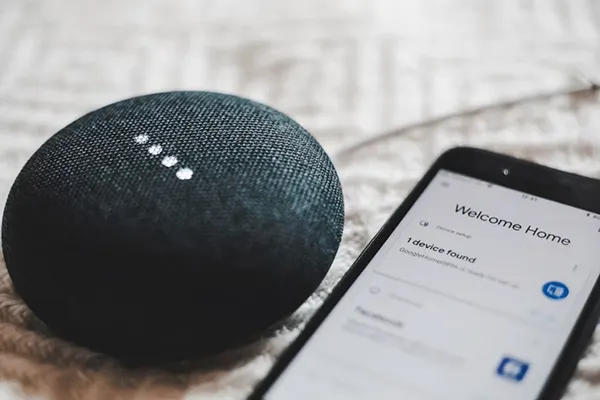
Creating a sense of safety in your home is priceless, but that peace of mind often comes with practical and financial considerations. Many homeowners underestimate the true scope of what goes into securing a property, focusing only on visible devices like cameras or alarms. However, there are underlying expenses that can significantly affect your budget over time. Understanding these costs helps you make informed decisions about protection without surprises. For a complete breakdown, resources like the cost of a home security system provide valuable insights into what you can expect before committing to an installation.
Understanding the Real Price of Security
When people think about home security, they often picture sleek gadgets or mobile apps that promise complete control from anywhere. While those features are appealing, they are only part of the equation. The installation process itself often requires professional assessment, wiring, and integration with your existing home layout. Depending on the complexity of your property, this may result in additional fees that exceed the initial product price.
Another often-overlooked factor is scalability. Many homeowners start with basic systems and later add more devices—such as motion detectors, extra cameras, or smart locks—as their needs evolve. Each new addition comes with installation charges, potential equipment upgrades, and sometimes software adjustments. The more interconnected your setup becomes, the higher the potential costs for maintenance and compatibility.
Equipment and Technology: What You’re Really Paying For
Modern home security is powered by advanced technology designed to prevent and detect intrusions efficiently. This technology, while effective, often drives up the price. High-resolution cameras, facial recognition features, and smart integrations with assistants like Alexa or Google Home all contribute to the overall expense. While these innovations enhance safety and convenience, they also require regular updates and sometimes subscription-based monitoring services.
Moreover, not all homes are the same. A multi-story house may require more sensors, wiring, and coverage areas than a single-level apartment or property. Specialized equipment, such as outdoor floodlight cameras or glass-break detectors, can add hundreds to your final bill. Even small details—such as choosing wireless versus wired systems—impact cost, as wireless setups may require more frequent battery replacements, while wired systems may demand higher installation labor.
Hidden Maintenance and Monitoring Fees
Once your system is installed, the financial commitment doesn’t end there. Most security companies offer ongoing monitoring services, which are typically billed on a monthly or annual basis. This ensures that your alarms are connected to emergency responders, providing round-the-clock protection. While this service is invaluable, it can add up over time, turning a one-time investment into a long-term expense.
Additionally, software maintenance is another hidden cost. Many systems rely on cloud storage for video footage or require periodic firmware updates to maintain functionality. Without these updates, your security network might become vulnerable to technical failures or cyberattacks. Even small maintenance tasks, like replacing batteries or repairing damaged wiring, can accumulate costs that many homeowners overlook when budgeting for security.
The Price of False Alarms and System Downtime
Security systems are designed to protect, but sometimes they can cause unnecessary stress and additional costs. False alarms—triggered by pets, power outages, or user errors—can result in fines from local authorities or service calls from technicians. Frequent false alerts not only disrupt peace of mind but can also undermine your trust in the system, prompting further spending to upgrade or recalibrate components.
System downtime is another area where hidden costs arise. A malfunctioning camera or disconnected sensor compromises your home’s protection and may require professional troubleshooting. Depending on your service provider, repair calls might not be covered under warranty, leaving you responsible for unexpected labor charges. These are the kinds of expenses that often catch homeowners off guard after the initial installation.
Balancing Cost with Long-Term Value
While the expenses of home security can add up, they must be weighed against the potential risks of going without it. A properly installed system not only deters break-ins but can also reduce insurance premiums and increase your property’s resale value. Homebuyers today often view security systems as a key feature, reflecting the growing importance of safety and innovative technology in modern living.
Choosing a reliable provider who offers transparent pricing and solid customer support can make all the difference. Look for systems that allow you to scale gradually, avoiding significant upfront commitments. Investing in quality installation and dependable monitoring from the start may save you more in the long run than cutting corners with low-cost alternatives that require frequent replacements or repairs.
Final Thoughts
Feeling safe in your home is essential, but true security extends beyond locks and alarms—it involves understanding all the costs associated with maintaining that peace of mind. By anticipating installation fees, monitoring charges, and maintenance needs, homeowners can plan effectively and avoid unpleasant surprises. A well-informed investment ensures not only safety but also long-term financial stability. When you recognize the full picture behind security system expenses, you gain both control and confidence in the place you call home.



